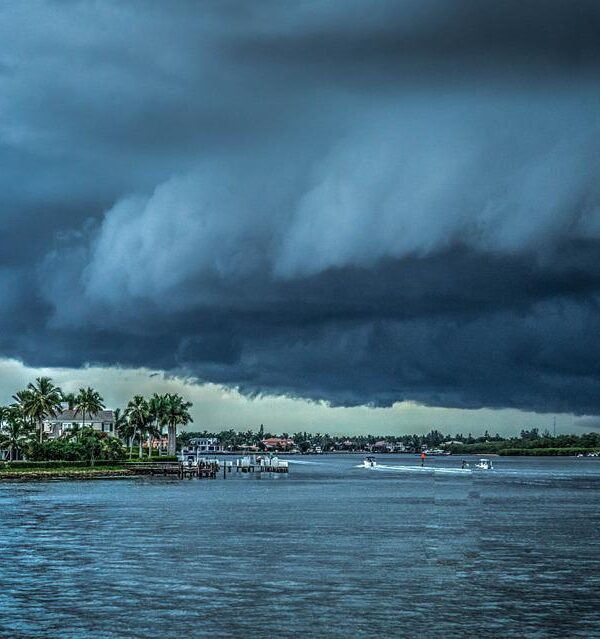Courtesy of iii.org With burglaries constituting approximately 50 percent of all on-campus crimes, it's important for college students and their parents take steps to prevent theft, adhere to safety measures—and review their insurance coverage. Campus coverage basics It's best to consult your insurance professional for the details of your family's specific coverage and where you might need additional protections, but here are some general guidelines: Students who live in a dorm are covered under their parents' standard homeowners insurance policies – That is, their possessions are protected by "off premise" coverage. However, some homeowners policies may limit this amount of insurance, so make sure you understand your own policy. Students who live off campus are likely not covered by their parents’ homeowners policy – Your insurance professional can tell you whether your homeowners or renters policy extends to off-campus living situations. If it does not, to …
Uncategorized
Help on Protecting Your Business From Bad Weather Effects
Courtesy of iii.org Courtesy of iii.org With predictions of an above-average hurricane season issued by Colorado State University this week, businesses need to take measures to prepare and increase their chance of surviving, according to the Insurance Information Institute (I.I.I.). Forty percent of businesses do not reopen after a disaster and another 25 percent fail within one year, according to the Federal Emergency Management Agency (FEMA). But by taking action now to prepare, businesses can increase their chance of getting back on their feet financially and keeping their doors open. The I.I.I. and the Insurance Institute for Business & Home Safety (IBHS) recommend the following steps: Develop a Business Continuity Plan Having a business continuity plan is vital for companies to prepare for, survive and recover from a hurricane. Use IBHS’ free OFB-EZ® (Open for Business) business continuity planning tool to create a plan that focuses on recovering after the …
Insurance to the Rescue
Courtesy of iii.org Hurricanes and storm-related flooding are responsible for the bulk of damage from disasters in the United States, accounting for annual economic losses of about $54 billion, according to the Congressional Budget Office (CBO). These losses have been on the rise, due, in large part, to increased coastal development. More, bigger homes, more valuables inside them, more cars and infrastructure – these all can contribute to bigger losses. The CBO estimates that a combination of private insurance for wind damage, federal flood insurance, and federal disaster assistance would cover about 50 percent of losses to the residential sector and 40 percent of commercial sector losses. Recent research illustrates the benefits provided by mangroves, barrier islands, and coral reefs – natural features that frequently fall victim to development – in terms of limiting storm damage. In many places, mangroves are the first line of defense, their aerial roots helping to reduce …


